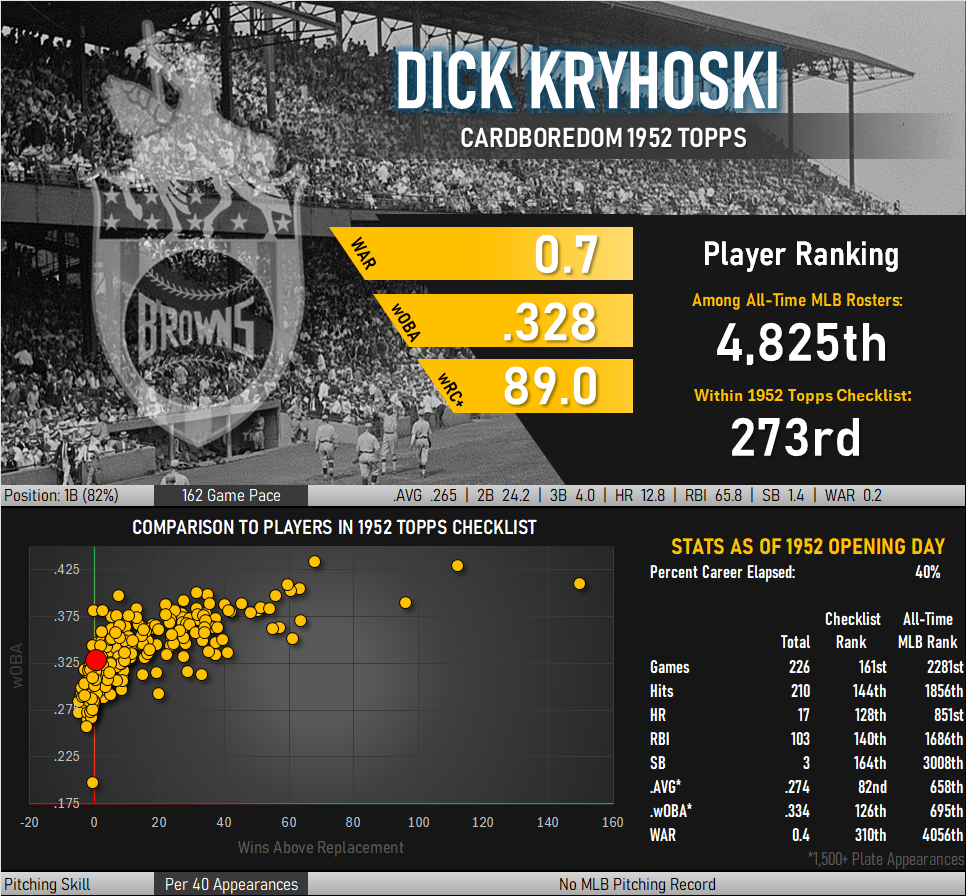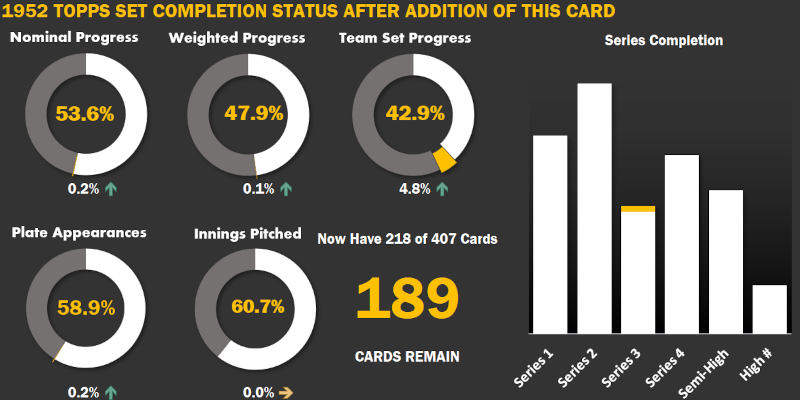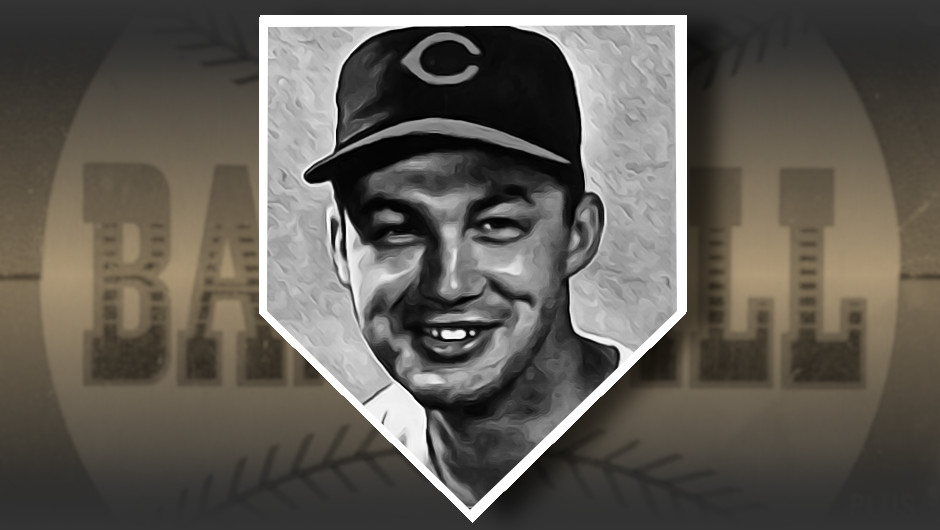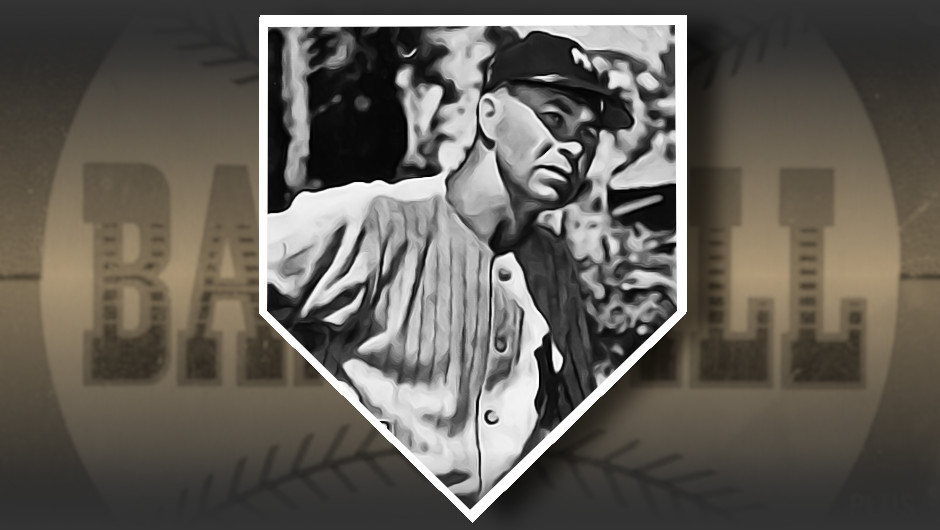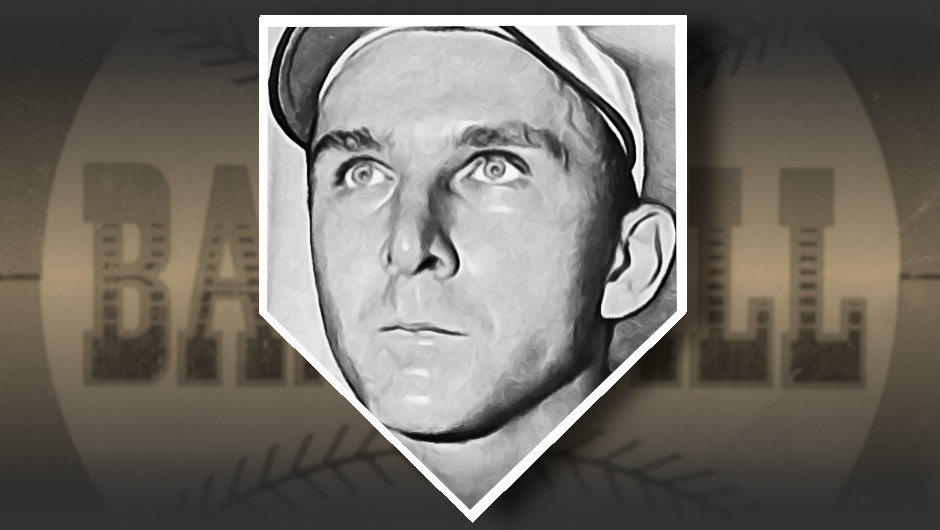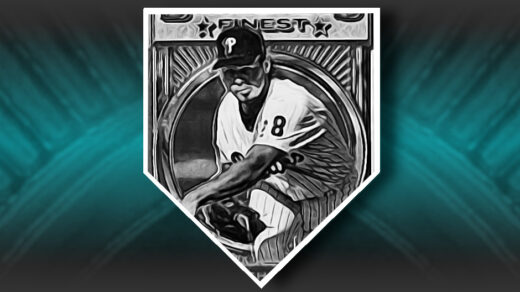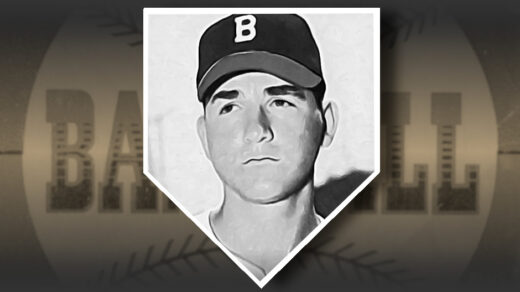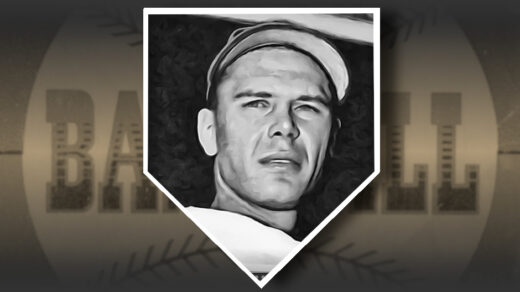More than half of the baseball players appearing in the 1952 Topps checklist were military veterans. A good portion of those names saw actual combat. With a military draft touching all facets of civilian life, many of the kids opening packs of cards in this era found themselves face to face with pictures of ballplayers that had fought in the same conflict as their fathers. If there is any truth to the archetypical veteran stereotype, many did not want to talk about the most intense periods of their service. They saw things, and everyone knew it without being told.
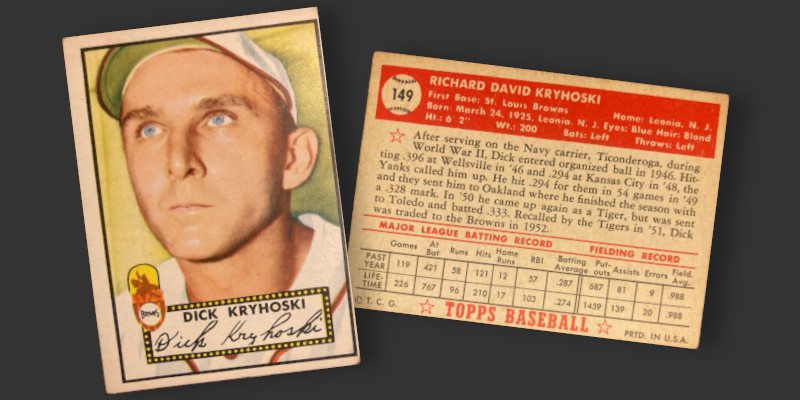
Dick Kryhoski was one of those servicemen. His portrait in the ’52 Topps set projects the face of a guy thinking about something far from the ballfield, possibly something he didn’t want to see. Unlike many of the ballplayers who were drafted, Kryhoski had volunteered for the Navy immediately upon graduating high school. A machinist’s mate, he was quickly assigned to the newly constructed carrier USS Ticonderoga, as noted on the back of his baseball card.
By this point the pace of the war was quickening and momentum was in the process of shifting in the Allies’ favor. Ships were being launched in record time and hurled into service to press newly opened advantages in the Pacific. The Ticonderoga made its way to the West Coast, taking every opportunity to shake down any issues that could become critical and to practice skills that would soon be tested. The ship sailed from Pearl Harbor on October 18 and took part in its first action two weeks later, launching sorties in support of the Battle of Leyte.
The same afternoon Ticonderoga came under fire for the first time during an aerial Japanese counterattack. The island on fellow carrier Lexington took a direct hit in one of the first large scale use of kamikaze aircraft. Although a large fire had erupted, Lexington’s crew was still able to maintain orderly flight operations and shot down another incoming kamikaze aiming for Kryhoski’s ship. After several days of round the clock operations, Ticonderoga retired for fuel and supplies. The ship returned to the fight shortly afterward, this time coming to the aid of the Essex after that carrier was hit by kamikaze pilots.
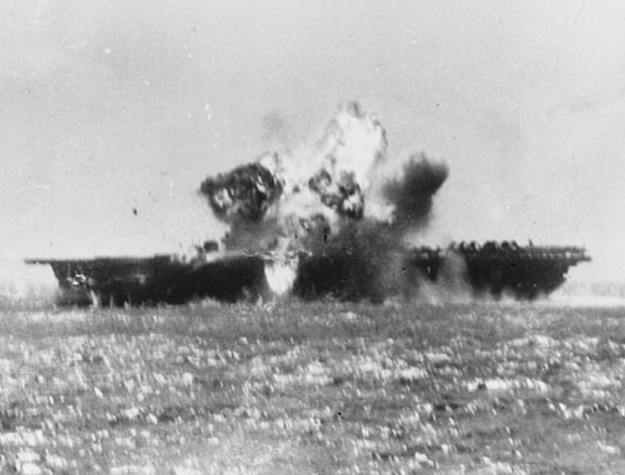
Ticonderoga completed its mission and moved with the rest of its group in search of a suitable area in which to conduct refueling operations. During this movement the task force sailed directly into the center of Typhoon Cobra, a category 5 storm that sank three destroyers and wiped out more than 100 aircraft. Kryhoski rode out the storm’s 70-foot waves alongside the crews of Task Force-38’s other 86 surviving ships.
The typhoon generated the need for extended repairs and Ticonderoga’s group did not return to action for a month. Upon returning to service, the ship became an integral part of the first sustained incursion into the Japanese controlled South China Sea. After a week of hitting enemy airbases on nearby islands, the ship found itself heavily involved in a back and forth series of aerial raids. Kamikaze planes hit their marks on several ships, including one that pierced the flight deck and exploded amid Ticonderoga’s hangar.
When a ship is burning, all hands become firefighters. Kryhoski and the crew worked to flood the magazine and enough lower level compartments to first let burning aviation fuel drain off the ship. Antiaircraft batteries remained engaged as additional aircraft made runs at the ship. While all of this was underway the ship was hit by an even larger explosion as a second plane made it through the defenses and exploded near the island. Two hours after the initial strike the fires had been put out and the ship was sailing back to base.
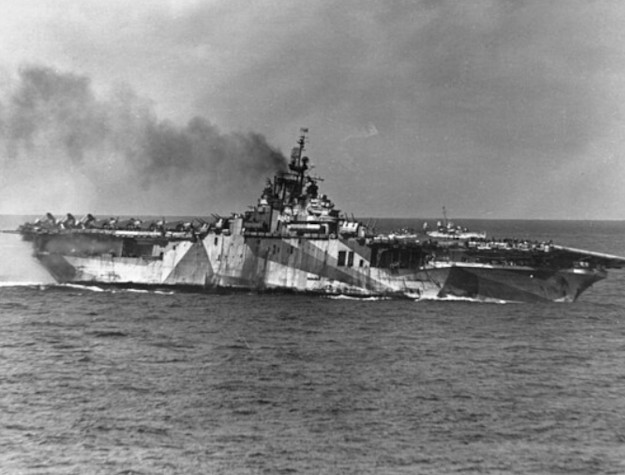
The ship and its crew continued to serve out the war, though it was those first months that left the deepest impressions. Kryhoski’s baseball roommates later reported being awaken on multiple occasions by his shouting fire alarms in his sleep.
Aside from the history of the ship and reports of related nightmares, I have not come across anything from Kryhoski himself about this period in his life. Kryhoski’s 1952 Topps card simply mentions he served on the Ticonderoga. Nothing more needed to be said. That face and the name of the ship said it all.
Traded!
Kryhoski was a bit of a professional journeyman, usually hopping teams as part of multiplayer deals in which general managers tried to even out complicated balances of power. His final big league destination was the inaugural Kansas City incarnation of the Athletics, a team whose pitching staff included fellow Ticonderoga shipmate Moe Burtschy.
Despite being predominantly a backup player with roughly replacement-level stats, Kryhoski appeared in both the Bowman and Topps baseball card issues of 1952. Check out his Bowman card, below, which appears to show him against a wood-paneled wall right out of the 1950s-era rancher in which I was raised. The very first sentence on the back of the card states he “Came to the Browns in an early 1952 trade.”
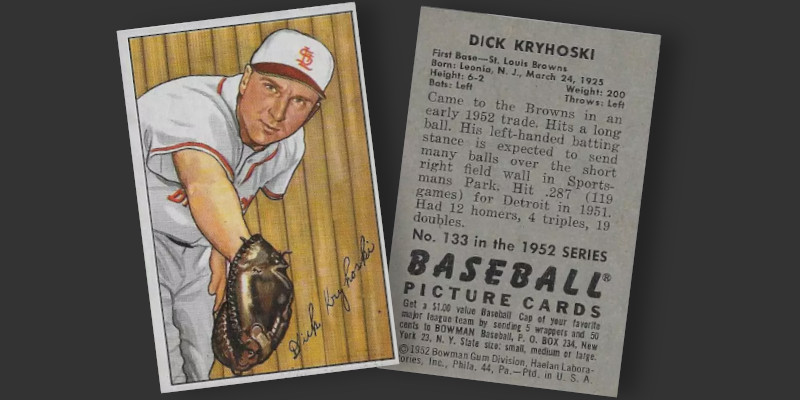
Kryhoski had been traded as part of a 7 man deal in February. Bowman featured him in its fourth series, referencing the trade and featuring a painting showing him in his new St. Louis Browns uniform. Topps likewise got in the action, mentioning the trade on the back of their own card (“…Dick was traded to the Browns in 1952”). His card makes its appearance in Topps’ third series, which presumably hit shelves shortly ahead of Bowman’s fourth series. All trade components featured in Topps are shown with the correct teams, with Cliff Mapes showing up as early as the second series.
